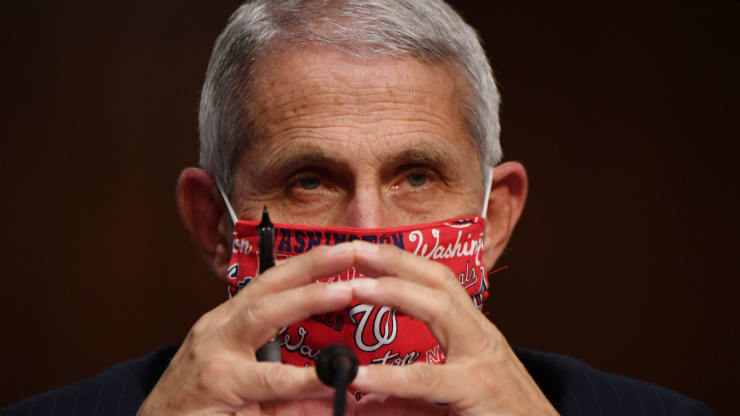Dr. Fauci says gyms, bars, and restaurants must remain closed to avoid more COVID-19 surges

Back in July, we wrote a story about a letter written by over 200 scientists asking the WHO and CDC to be more forthright and tell the public about the danger of indoor airborne transmission and how it leads to the spread of coronavirus. Their study and other studies found that there is strong evidence for indoor airborne transmission of viruses, particularly in crowded, poorly ventilated environments.
Then on September 11, the CDC published a new study that showed that community and close contact exposures continue to drive the coronavirus disease 2019 (COVID-19) pandemic. CDC said, “the findings from a case-control investigation of symptomatic outpatients from 11 U.S. health care facilities found that close contact with persons with known COVID-19 or going to locations that offer on-site eating and drinking options were associated with COVID-19 positivity.”
From these findings, it’s now becoming increasingly clear that businesses that operate in poorly ventilated environments, especially where people are more crowded, are more likely to pose a serious coronavirus. However, as most states start to reopen a majority of businesses in their states, the nation’s leading immunologist Dr. Anthony Fauci, is now sounding another alarm bell warning that three specific businesses should stay closed amid COVID-19.
In an interview on MSNBC’s All In on Sept. 17, host Chris Hayes pointed out that Arizona, Texas, and New York benefitted from closing certain establishments. And Fauci said, “I totally agree” with that tactic. Dr. Fauci went on to say, “In fact, the CDC just came out—if you go on their website—with a figure that’s really telling. It shows the odds of risk of different types of situations that give you a higher risk of transmissibility.”
Dr. Fauci was referencing the CDC September 11 study we mentioned about the findings of COVID-19 cases across 11 U.S. health care facilities and the ratio of patients who received negative versus positive COVID test results and where they’d been in the past two weeks.




